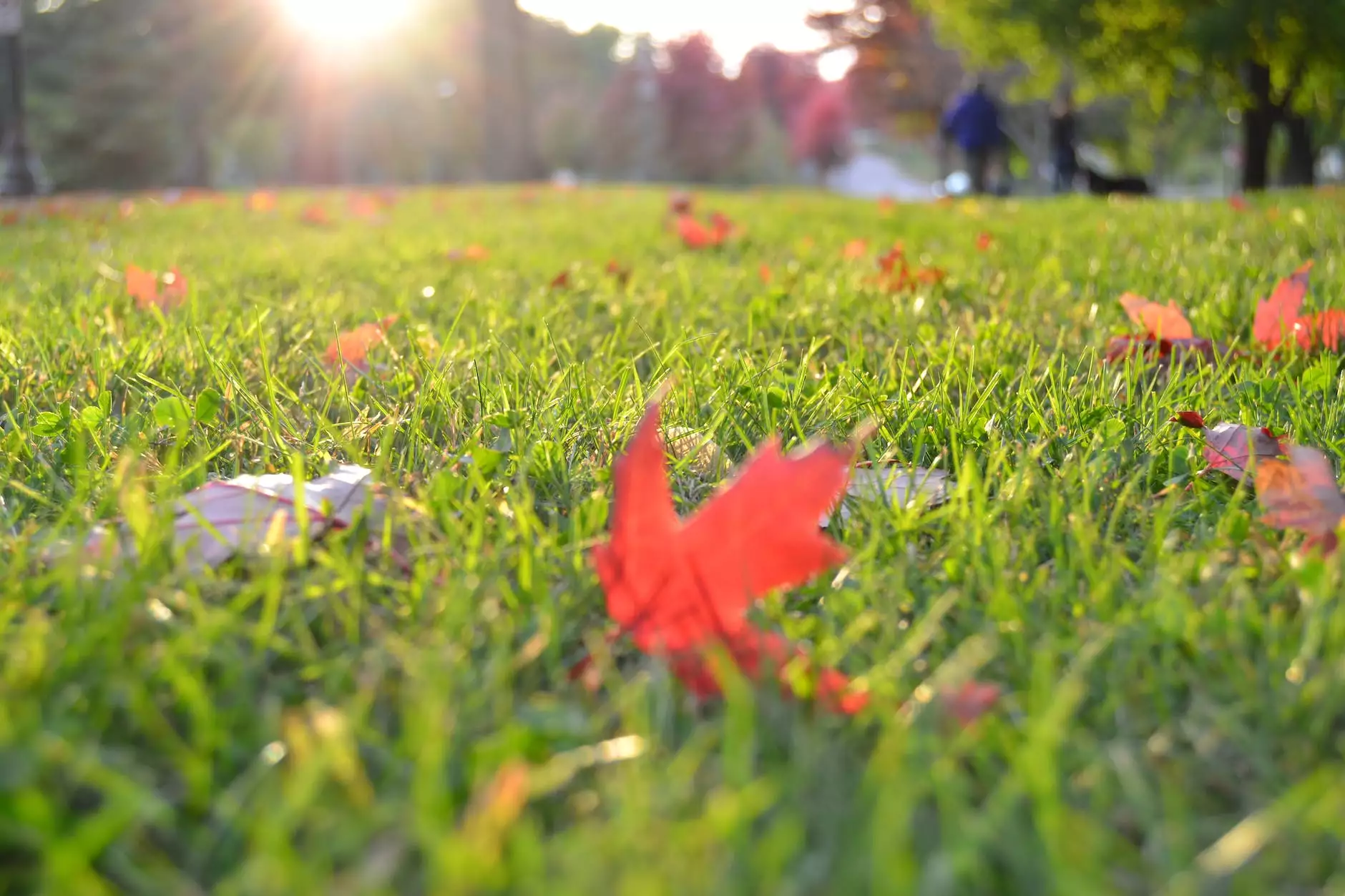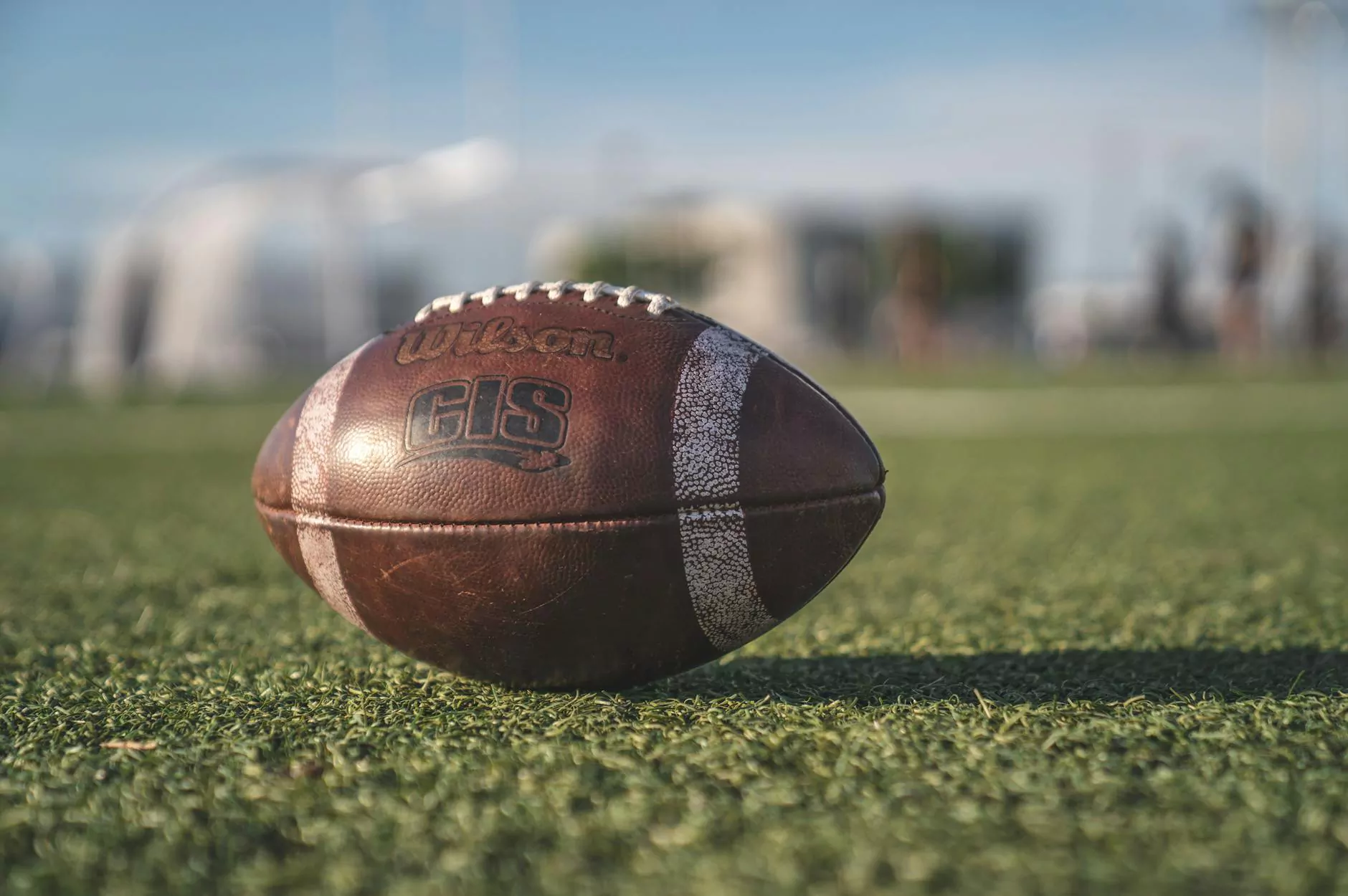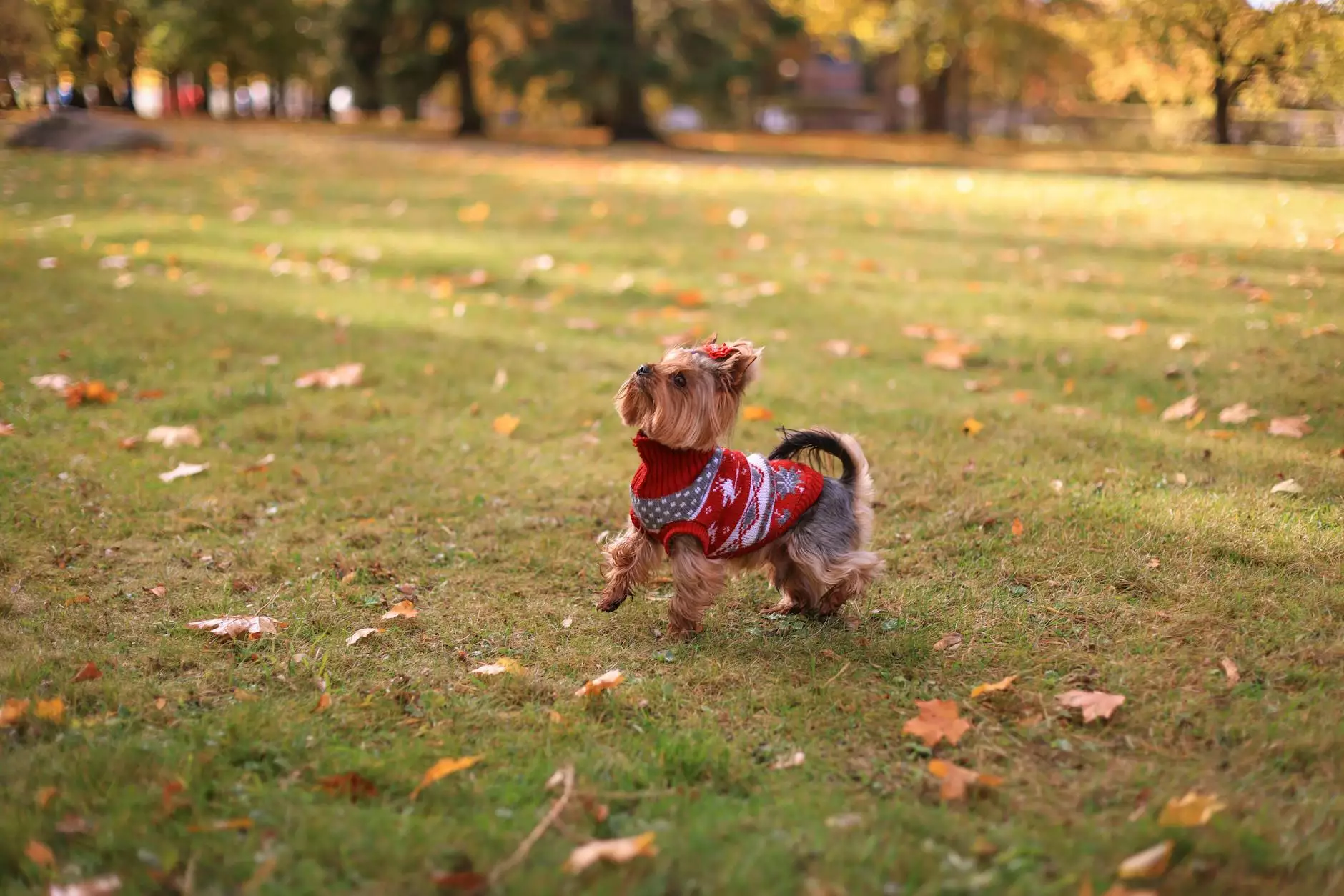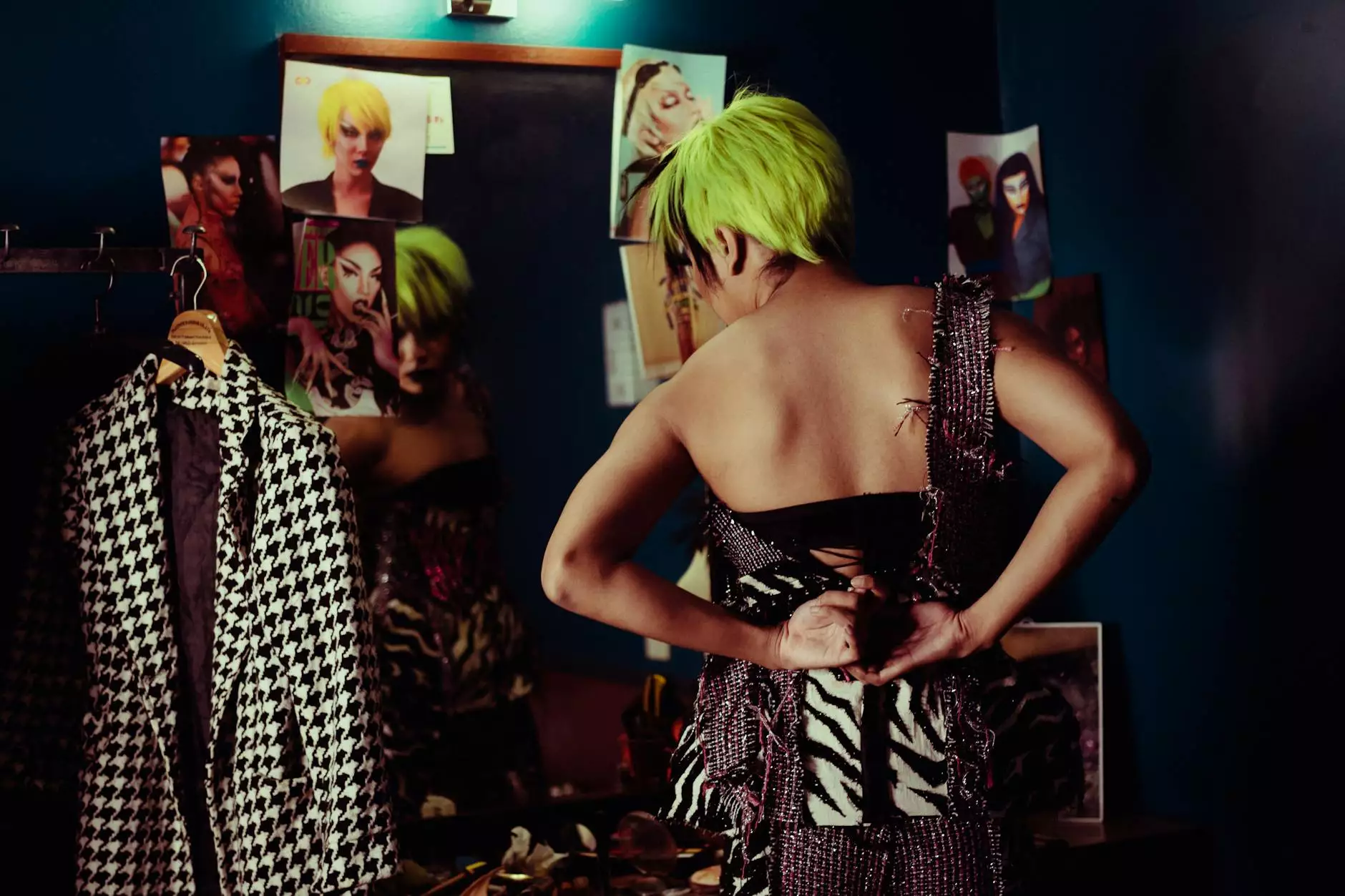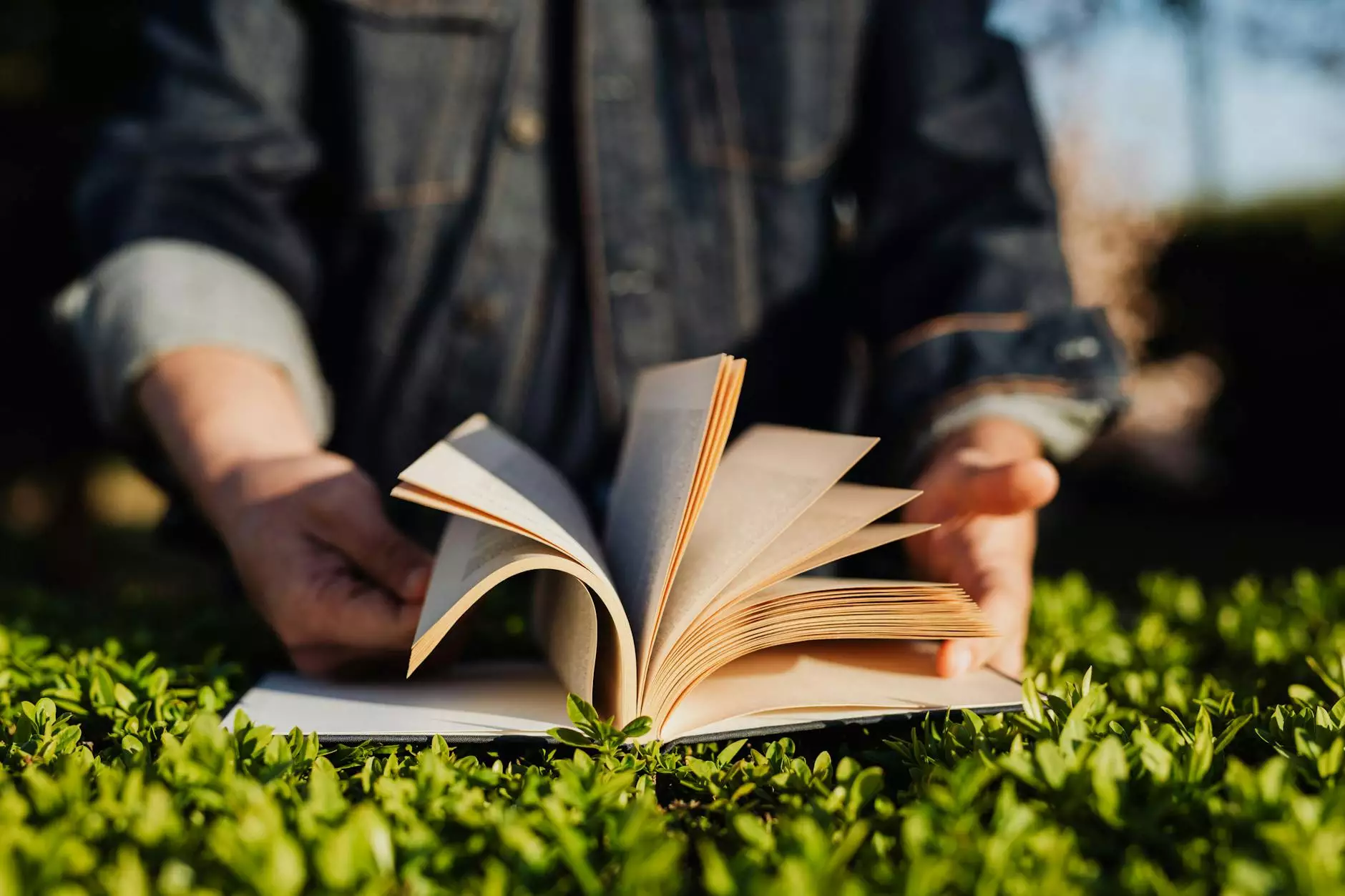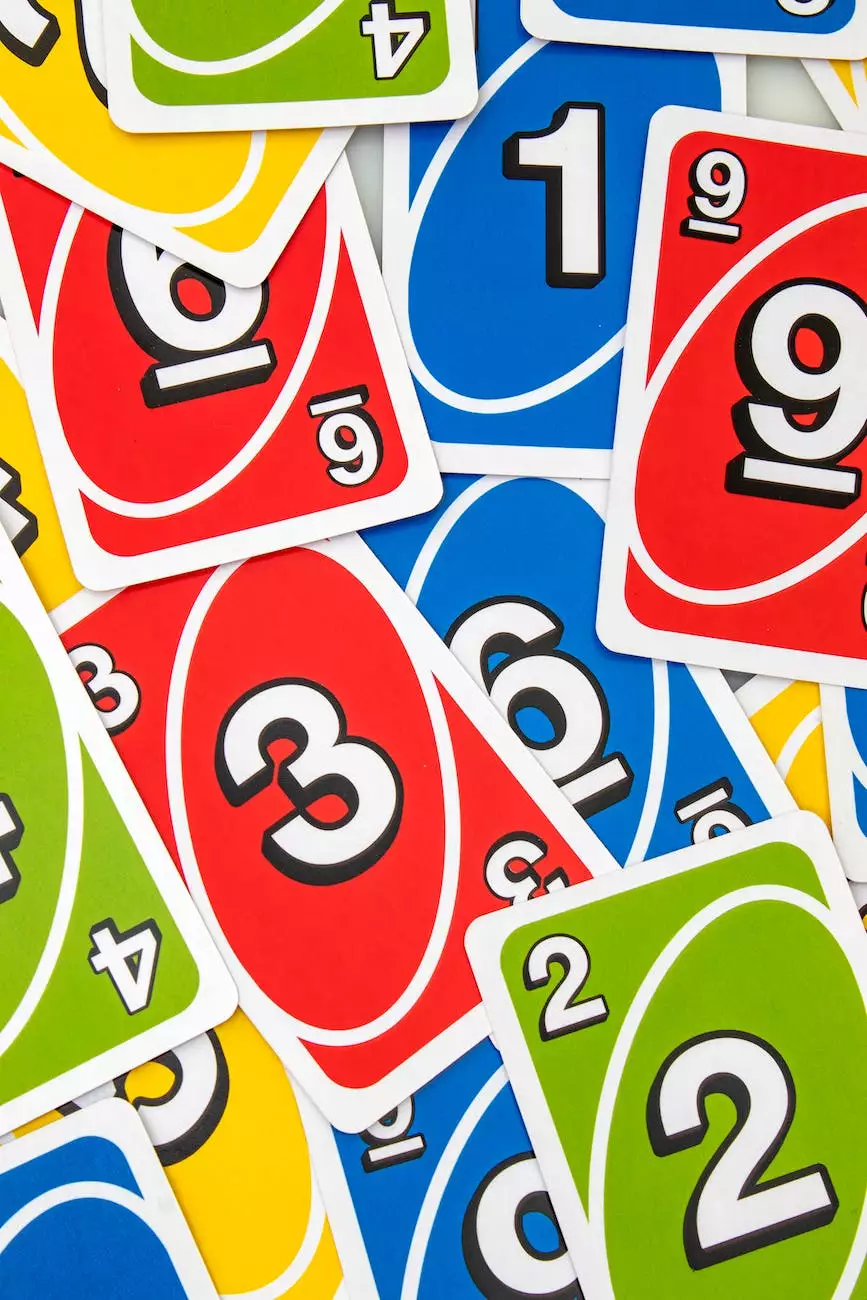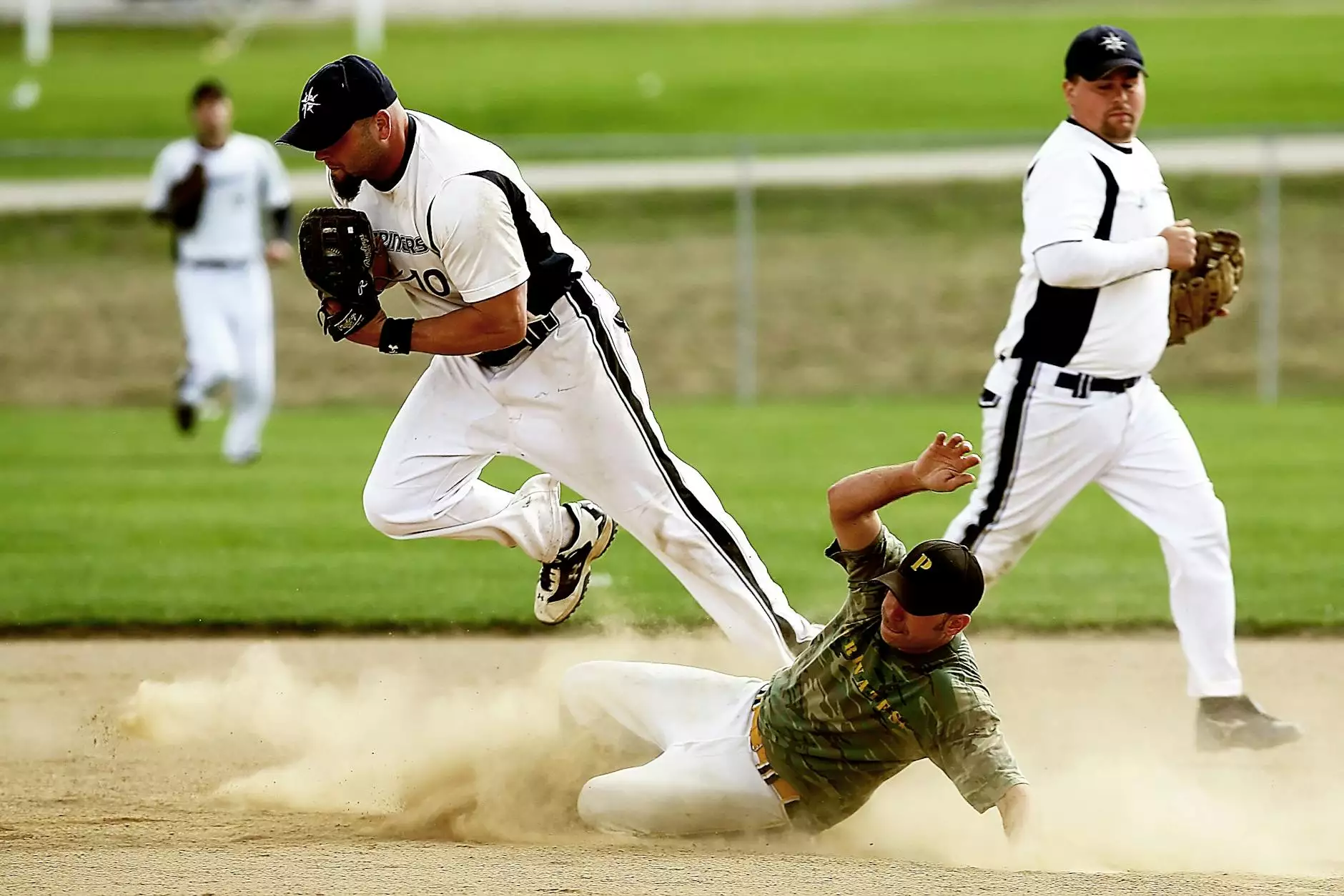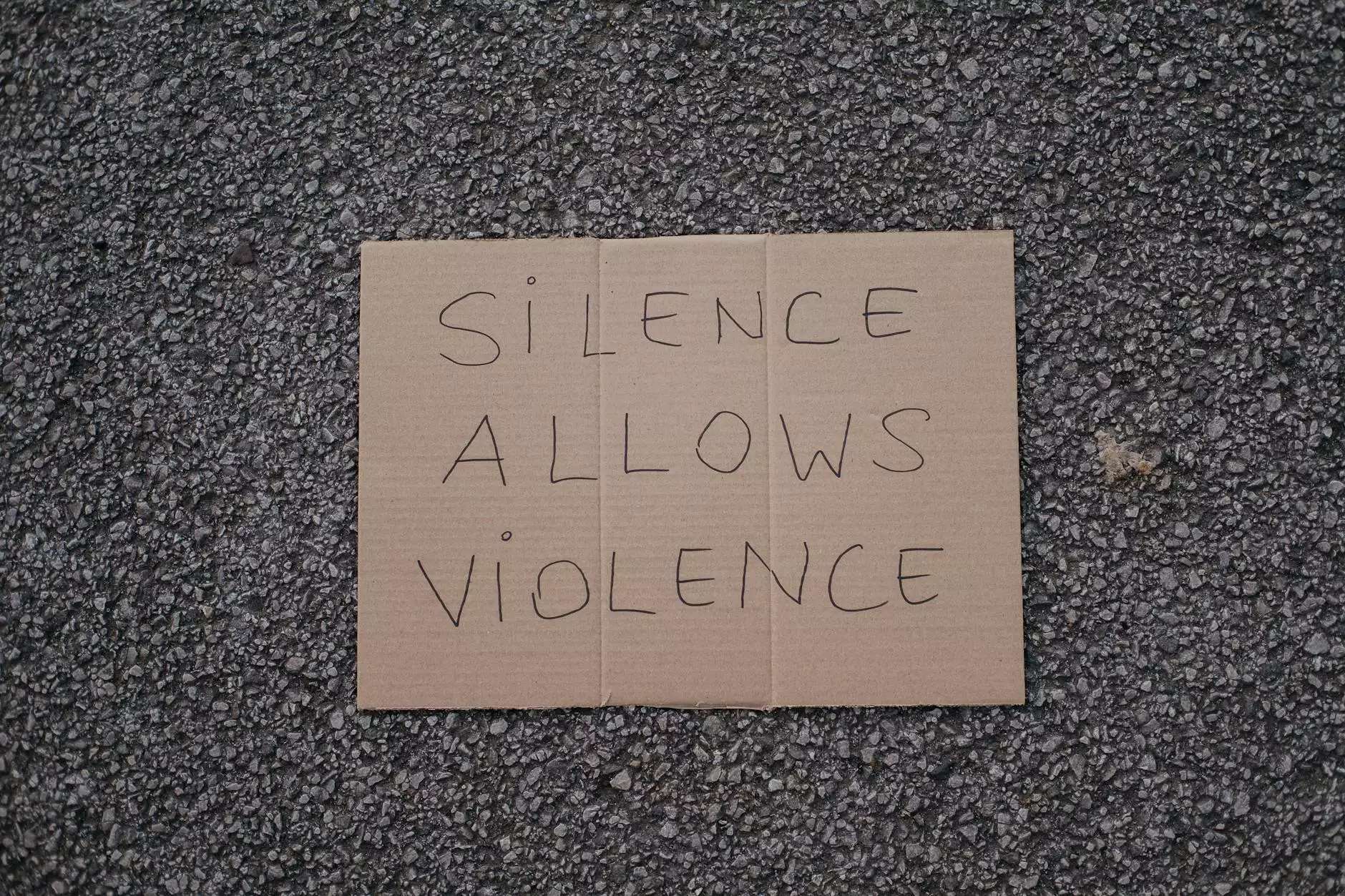Is Turf Installation Similar to Carpet Installation?
Artificial Grass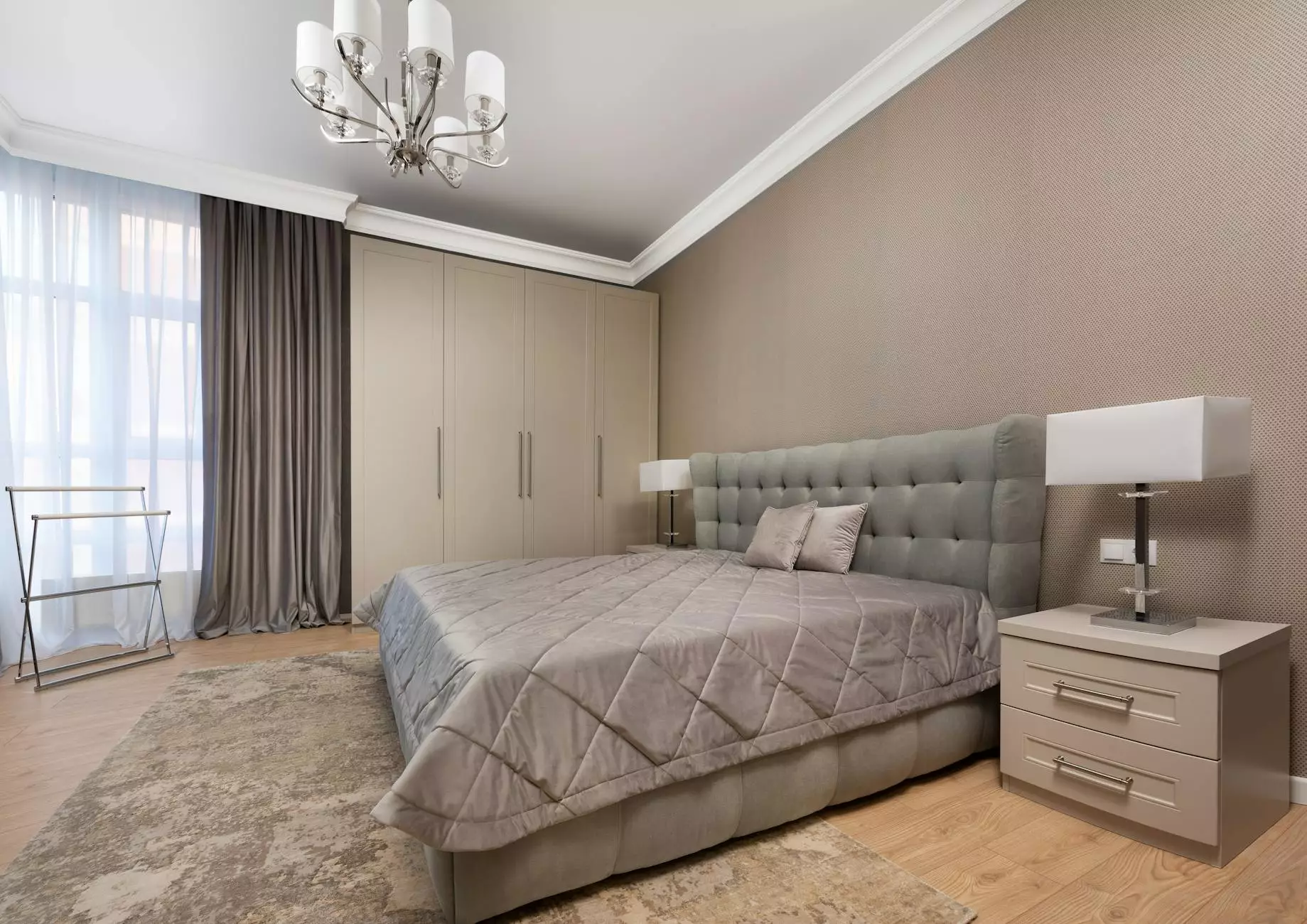
When it comes to creating a beautiful and low-maintenance outdoor space, many homeowners and commercial property owners turn to turf installation. However, if you have experience with carpet installation, you might wonder if the process is similar or if there are any major differences. In this article, we will explore the similarities and differences between turf installation and carpet installation, helping you make an informed decision for your landscaping needs.
1. Materials and Tools
Both turf installation and carpet installation require specific materials and tools to ensure a successful outcome.
1.1 Turf Installation Materials and Tools
Turf installation typically involves the use of artificial grass or synthetic turf. This type of grass is made from high-quality materials that are designed to replicate the look and feel of natural grass. Additionally, you will need turf adhesive, infill material (such as sand or rubber crumb), and geotextile fabric for proper drainage and stability.
As for tools, you will need a utility knife, seaming tape, turf nails or staples, a vibrating plate compactor, and a power brush or broom to maintain the appearance of the turf after installation.
1.2 Carpet Installation Materials and Tools
Carpet installation requires carpet rolls, carpet adhesive, tack strips, and a carpet pad for added comfort and insulation. You will also need a knee kicker, carpet stretcher, carpet knife, and a power stretcher to ensure a secure and professional installation.
2. Installation Process
2.1 Turf Installation Process
Turf installation begins with preparing the area where the grass will be installed. This involves removing any existing vegetation, leveling the ground, and installing a compacted base. The base provides a stable foundation for the turf and allows for proper drainage.
Next, the geotextile fabric is installed to prevent weed growth and allow water to permeate through the turf. The artificial grass is then rolled out and cut to fit the desired area. The edges are secured using seaming tape and adhesive, while nails or staples are used to fasten the turf to the ground.
Finally, infill material is spread evenly across the turf to provide stability, support proper drainage, and enhance the natural look of the grass. The entire installation process is completed with the use of a vibrating plate compactor to ensure a firm and level surface.
2.2 Carpet Installation Process
Carpet installation begins with measuring and calculating the amount of carpet needed for the space. The existing flooring is removed, and the subfloor is inspected for any damage or unevenness. If necessary, repairs or leveling may be required before moving forward.
Next, the tack strips are installed along the perimeter of the room to hold the carpet in place. The carpet pad is then laid out, followed by the carpet itself. The carpet is stretched and attached to the tack strips using a knee kicker and power stretcher to ensure a tight and secure fit.
Lastly, the excess carpet is trimmed, and any seams are carefully joined using carpet adhesive. The final step involves trimming and finishing the edges for a polished and professional appearance.
3. Maintenance and Durability
Both turf and carpet require regular maintenance to ensure their longevity and aesthetic appeal.
3.1 Turf Maintenance and Durability
Turf maintenance includes regular brushing to keep the fibers upright and prevent matting. It may also require occasional rinsing or hosing down to remove dirt or debris. Additionally, infill material may need to be replenished over time to maintain the stability and performance of the turf.
Artificial grass is known for its durability, as it can withstand heavy foot traffic, extreme weather conditions, and prolonged exposure to sunlight without fading or deteriorating. With proper care, turf can last for many years, providing a lush and vibrant landscape all year round.
3.2 Carpet Maintenance and Durability
Carpet maintenance involves regular vacuuming to remove dirt and debris, as well as periodic deep cleaning to remove stains and refresh the fibers. It is also important to address spills and stains promptly to prevent permanent damage.
While carpet provides a comfortable and cozy flooring option, it is more susceptible to wear and tear compared to turf. Heavy foot traffic, pets, and spills can take a toll on carpet fibers, causing them to flatten or become discolored over time. However, with proper maintenance and care, carpet can still maintain its beauty and functionality for many years.
4. Conclusion
While there are some similarities between turf installation and carpet installation, there are also notable differences in terms of materials, tools, and maintenance. Understanding these differences can help you determine which option is best suited for your specific needs and preferences.
If you are looking for a low-maintenance and visually appealing outdoor solution, turf installation may be the ideal choice. With its durability and realistic appearance, artificial grass can transform any area into a lush and vibrant landscape.
On the other hand, carpet installation offers a comfortable and cozy indoor flooring option that can enhance the aesthetics of your space. It provides warmth and insulation, making it a popular choice for residential and commercial properties.
Ultimately, the decision between turf installation and carpet installation depends on your personal preferences, budget, and the intended use of the space. Consulting with a professional installer can also provide valuable insights and guidance to ensure a successful installation and long-lasting results.
At Metate Industrial Supply, we offer a wide range of high-quality turf and carpet products, along with expert installation services. Contact us today to discuss your landscaping or flooring needs and let us help you create the perfect space.


